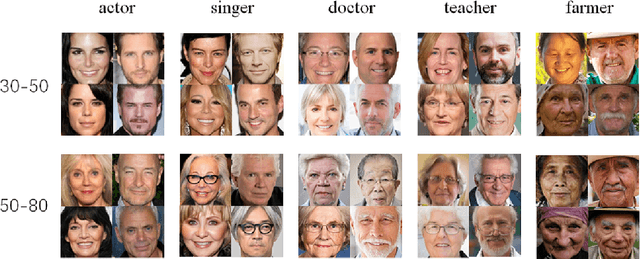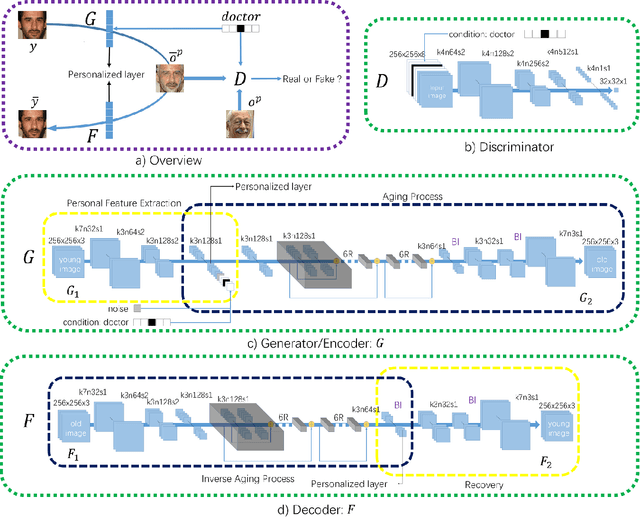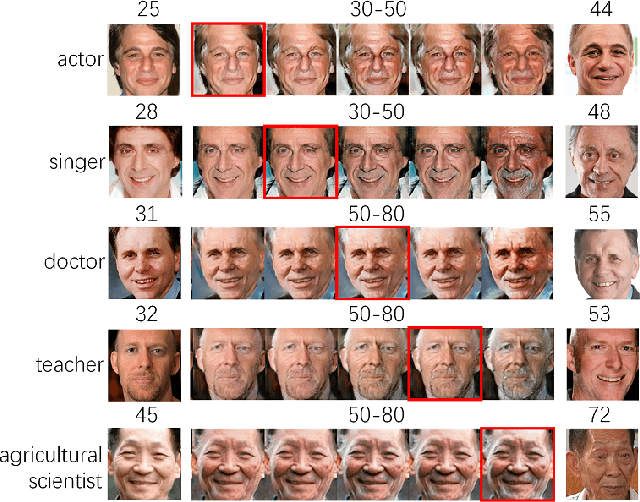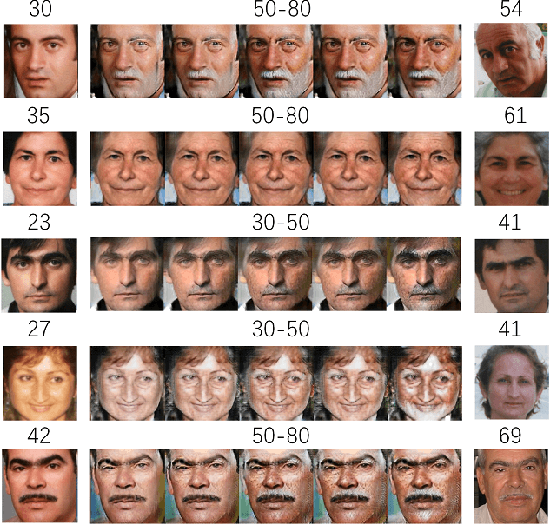Weiqiang Zhao
Composite Fixed-Length Ordered Features for Palmprint Template Protection with Diminished Performance Loss
Nov 09, 2022Abstract:Palmprint recognition has become more and more popular due to its advantages over other biometric modalities such as fingerprint, in that it is larger in area, richer in information and able to work at a distance. However, the issue of palmprint privacy and security (especially palmprint template protection) remains under-studied. Among the very few research works, most of them only use the directional and orientation features of the palmprint with transformation processing, yielding unsatisfactory protection and identification performance. Thus, this paper proposes a palmprint template protection-oriented operator that has a fixed length and is ordered in nature, by fusing point features and orientation features. Firstly, double orientations are extracted with more accuracy based on MFRAT. Then key points of SURF are extracted and converted to be fixed-length and ordered features. Finally, composite features that fuse up the double orientations and SURF points are transformed using the irreversible transformation of IOM to generate the revocable palmprint template. Experiments show that the EER after irreversible transformation on the PolyU and CASIA databases are 0.17% and 0.19% respectively, and the absolute precision loss is 0.08% and 0.07%, respectively, which proves the advantage of our method.
Personalized and Occupational-aware Age Progression by Generative Adversarial Networks
Dec 01, 2017



Abstract:Face age progression, which aims to predict the future looks, is important for various applications and has been received considerable attentions. Existing methods and datasets are limited in exploring the effects of occupations which may influence the personal appearances. In this paper, we firstly introduce an occupational face aging dataset for studying the influences of occupations on the appearances. It includes five occupations, which enables the development of new algorithms for age progression and facilitate future researches. Second, we propose a new occupational-aware adversarial face aging network, which learns human aging process under different occupations. Two factors are taken into consideration in our aging process: personality-preserving and visually plausible texture change for different occupations. We propose personalized network with personalized loss in deep autoencoder network for keeping personalized facial characteristics, and occupational-aware adversarial network with occupational-aware adversarial loss for obtaining more realistic texture changes. Experimental results well demonstrate the advantages of the proposed method by comparing with other state-of-the-arts age progression methods.
 Add to Chrome
Add to Chrome Add to Firefox
Add to Firefox Add to Edge
Add to Edge